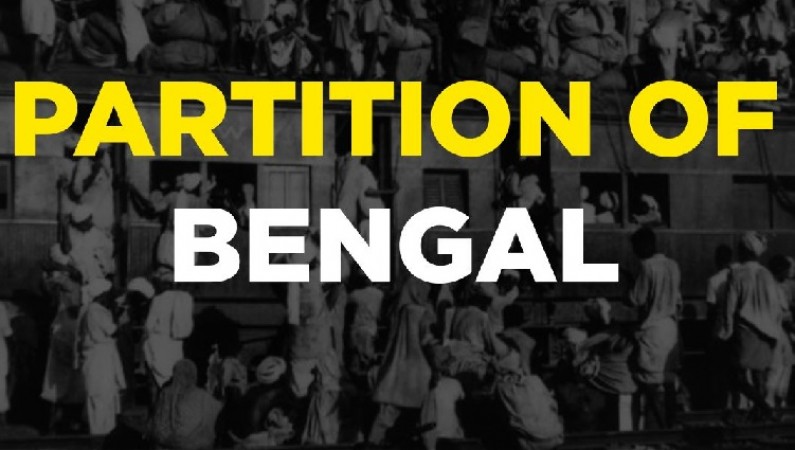
On July 20th, 1905, an event that would reshape the social, political, and cultural fabric of colonial India took place—the approval of the First Partition of Bengal. Initiated by Lord Curzon, the then-Viceroy of India, this controversial decision was officially approved in London by the Secretary of State of India. This article delves into the historical context, motivations behind the partition, its implications, and the subsequent consequences that reverberated throughout the Indian subcontinent.
Historical Context: At the turn of the 20th century, the British Empire held sway over the Indian subcontinent. Bengal, a province known for its vibrant cultural heritage, encompassed present-day West Bengal, Bangladesh, and parts of Bihar and Odisha. The province was a hotbed of political dissent and fervent nationalism, challenging British rule and advocating for independence. Faced with mounting opposition, Lord Curzon proposed the partition of Bengal as a means to curtail the growing nationalist sentiment.
Motivations Behind the Partition: Several factors contributed to the British government's decision to partition Bengal. The primary motive was to "divide and rule" by weakening the united Bengali nationalist movement. By creating two separate administrative divisions—East Bengal and West Bengal—the British hoped to dilute the influence of the Bengali intelligentsia and quell anti-colonial sentiments. Additionally, the British sought to exploit religious divisions within the region, as the Hindu-majority West Bengal would be distinct from the Muslim-majority East Bengal.
Implications of the Partition: The First Partition of Bengal had far-reaching consequences that deeply impacted the social, political, and cultural landscape of India. While the British anticipated a weakened nationalist movement, the partition instead sparked a mass uprising and united people across religious lines against British rule. The Swadeshi Movement, a boycott campaign against British goods, gained momentum, fostering a sense of unity and resilience among the people.
The partition also sparked religious tensions between Hindus and Muslims. The Muslim population saw the division as a means to protect their interests, leading to the formation of the All India Muslim League in 1906. This event sowed the seeds of communalism, ultimately leading to the partition of India and the creation of Pakistan in 1947.
The Reversal and Aftermath: Despite the initial success of the partition, widespread protests and opposition soon followed. Bengali intellectuals, leaders, and freedom fighters fervently campaigned for the reunification of Bengal. In 1911, Lord Hardinge, the then-Viceroy of India, reversed the partition and merged East and West Bengal once again, with Dhaka becoming the capital.
However, the damage had been done. The division had left scars on the social fabric of Bengal, and communal tensions persisted. The first partition of Bengal served as a stark reminder of the British policy of divide and rule, as well as the unintended consequences that unfolded from their attempts to manipulate the political landscape.
The First Partition of Bengal, approved on July 20th, 1905, remains a significant event in India's history. It was a pivotal moment that ignited the flames of nationalism, strengthened communal identities, and shaped the course of the Indian independence movement. While the partition was eventually reversed, its legacy endured, highlighting the complexities and long-lasting impact of colonial policies. Today, it stands as a reminder of the struggles and resilience of the Indian people in their quest for freedom and self-determination.